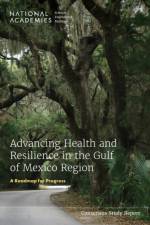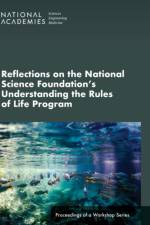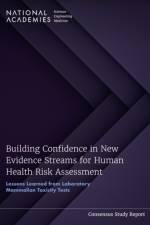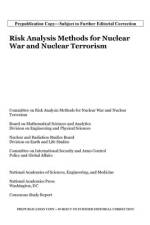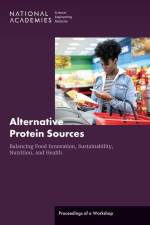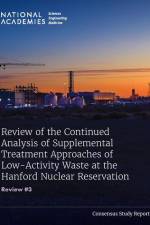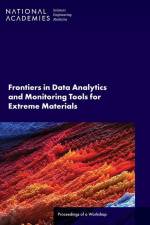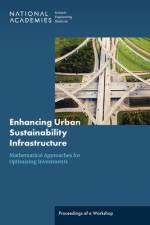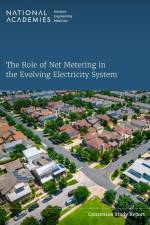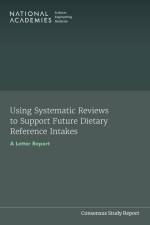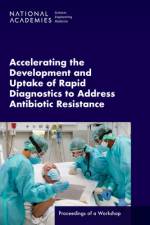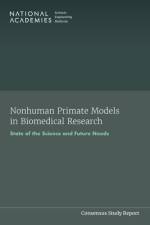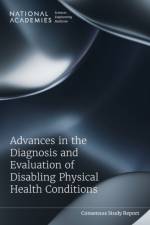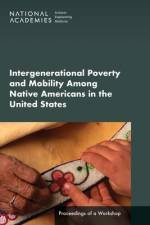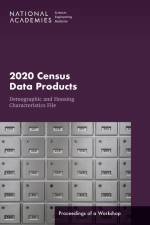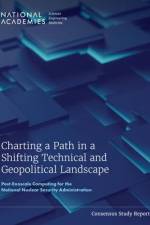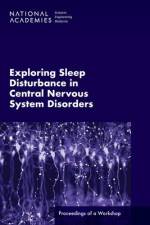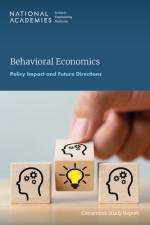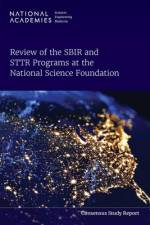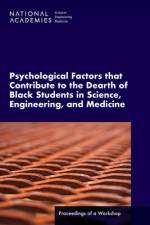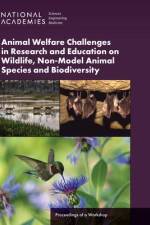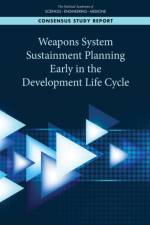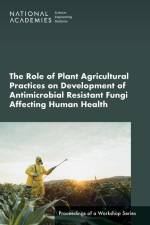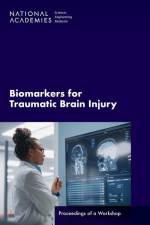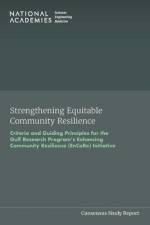av National Academies Of Sciences Engineeri
299,-
Ecosystems form the foundation upon which society can survive and thrive, providing food, water, air, materials, and recreation. These connections between people and their environments are under stress from human-driven climate change, pollution, resource exploitation, and other actions that may have implications for public health. The integral connection between nature and human health is recognized and has been explored through different bodies of work; however, because of the breadth of this issue, many implications regarding public health are not well characterized. This has created a gap in understanding the interconnections between public health and ecosystem health systems and how ecosystem resiliency may affect public health. To inform the development of a research agenda aimed at bridging the knowledge-to-action gap related to integrating public and ecological health to foster resilience, the National Academies of Sciences, Engineering, and Medicine held a workshop across three days that brought together interdisciplinary researchers and practitioners from the public health, natural resource management, and environmental protection communities to exchange knowledge, discuss critical gaps in understanding and practice, and identify promising research that could support the development of domestic and international policy and practice. Day 1 of the workshop, held on September 19, 2022, addressed the following question: What has been learned about how to integrate public health and nature into research, policy, and practice to foster resilience? Days 2 and 3, held on September 29 and 30, 2022, explored advancement opportunities in transdisciplinary and community-engaged scholarship to improve integration of public health and nature and inform policy and practice and opportunities to bridge the knowledge-to-action gap with strategies to translate knowledge into policy and practice. This publication summarizes the presentation and discussion of the workshop.


